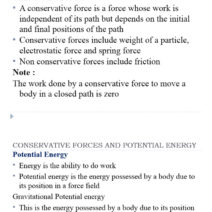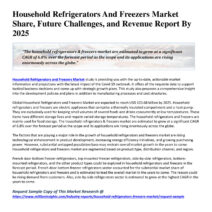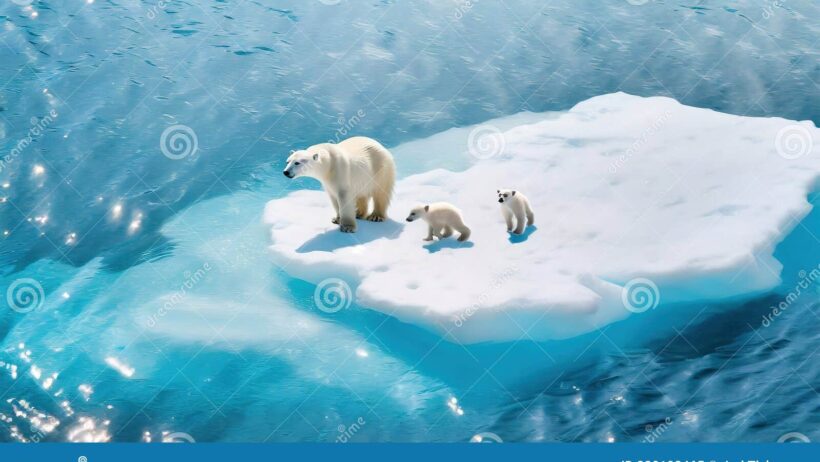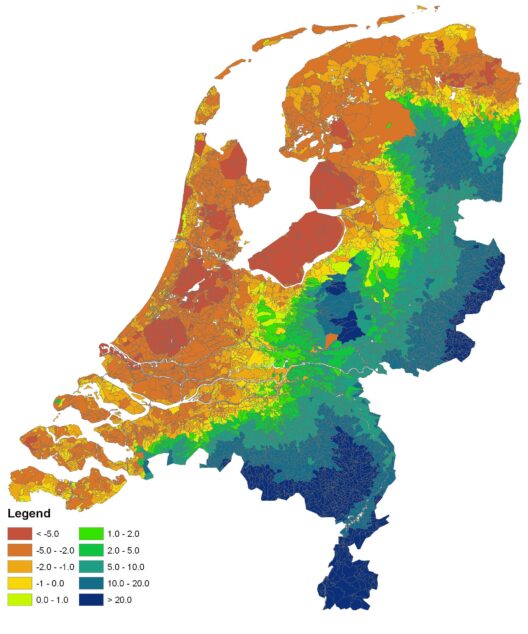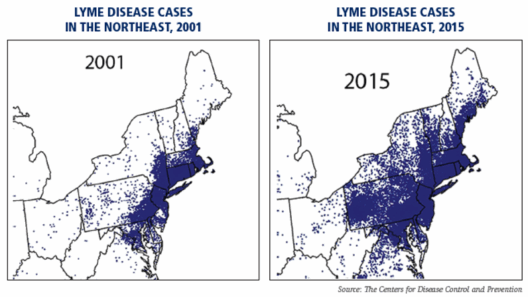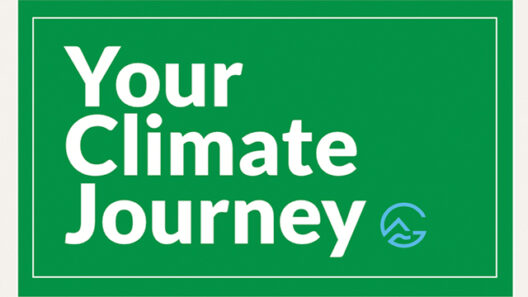In the crystalline realms of the Arctic, a poignant narrative unfolds—a story of resilience steeped in existential peril, defined by the fragile bond between polar bear mothers and their cubs. The polar bear, an emblem of strength and survival, stands at the precipice of crisis, grappling with the relentless specter of global warming. As temperatures rise and ice melts, the very foundations of this magnificent creature’s existence are threatened, weaving a tale that encapsulates both beauty and tragedy.
To delve into the world of polar bears is to witness an intricate tapestry of life where nurturing instincts converge with the harsh realities of climate change. The polar bear, or Ursus maritimus, is not merely a creature of the ice; it is an apex predator whose survival intricately weaves into the health of its Arctic ecosystem. Mother bears cradle their cubs in the enveloping embrace of blizzards and biting winds, teaching them the ways of their frigid domain. This maternal bond is a stunning testament to nature’s resilience, yet it is imperiled by the swift and encroaching effects of warming.
As the Earth heats, the Arctic suffers in silence, unearthing a profound paradox. The ice that once provided sanctuary for the polar bears now diminishes, creating what can only be described as a desolate landscape—a frozen wasteland where playful cubs once frolicked. This ice, often perceived as eternally resilient, is dissolving rapidly, shrinking to alarming extents as we bear witness to a planet in flux. The metaphor of a “shrinking ice platform” does not simply speak to a physical space but symbolizes the crumbling habitat that these majestic animals depend upon.
Polar bears rely on sea ice not just as a home but as a hunting ground. Their diet primarily consists of seals, which they hunt with great skill from the edges of the ice. Melting ice jeopardizes these hunting grounds, forcing mother bears to exert themselves further in search of food to sustain their growing cubs. The increased energy expenditure comes at a critical time when cubs are nursing and developing their survival skills. Thus, maternal instinct is pitted against an unforgiving environment, igniting a struggle that is as heartbreaking as it is dramatic.
The cubs, born blind and vulnerable, are dependent on their mothers for sustenance and guidance. This initial stage of their lives is as delicate as the ice beneath their furry paws. Biologists estimate that the survival rate of cubs diminishes significantly under conditions of food scarcity and habitat degradation. A mother bear’s ability to hunt and provide directly influences whether her cubs will thrive or face dire fates. The metaphor of the “cubs to crisis” captures this fluid transition—a journey shaped by the harsh realities imposed by climate change.
As the climate crisis accelerates, the implications ripple across the entire Arctic ecosystem. The thawing of ice sheets contributes not only to the plight of polar bears but also triggers a cascade of ecological imbalances, affecting other species and indigenous communities intertwined with this fragile biome. Amongst these disruptions lies the potential for increased human-bear interactions, posing risks both to bears and human safety. When food sources diminish, bears are more likely to venture closer to human settlements, leading to conflicts—yet another layer of complexity in this tragic narrative.
The concern extends beyond the immediate survival of polar bears; it encapsulates broader environmental consequences. The loss of polar bears signifies the deterioration of the Arctic ecosystem as a whole. As apex predators, their decline disrupts food webs and diminishes biodiversity, inviting a future that is starkly altered. This prognosis demands an examination of our role within this intricate web of life — how human actions, driven by consumption and industrialization, are inextricably linked to the fate of these majestic animals.
However, amid the shadows of despair, the narrative of hope emerges. Conservation efforts are underway, aiming to mitigate the impacts of climate change on polar bear populations. It is crucial to advocate for global policies that combat greenhouse gas emissions, focusing on renewable energy and sustainable practices. By harnessing technological innovations and fostering a collective responsibility toward the environment, tangible change can manifest. Understanding the plight of polar bears invokes an emotional resonance that transcends geographic barriers, urging humanity to act decisively.
Importantly, education plays a pivotal role in this transformative journey. Raising awareness about the intricacies of climate change and its cascading effects on polar bear survival fosters a shared sense of urgency. Engaging communities through interactive platforms and outreach programs empowers individuals to contribute to conservation efforts in potent ways. The power of collective action is evidenced by local grassroots movements that have initiated remarkable success stories in wildlife protection.
To encapsulate the essence of this dire situation is to reflect on the sobering truth: the fate of polar bears rests not only in the hands of conservationists but also in the consciousness of global citizens. As we advocate for change, it’s imperative to remember that behind every statistic and scientific study lies a living, breathing embodiment of the struggle for survival—a mother polar bear and her cubs navigating the harsh realities of a changing climate.
In conclusion, the relationship between polar bears and their environment serves as a powerful metaphor for our own existence. The journey from cubs, tender and innocent, to the crisis we now face underscores a shared narrative—a collective responsibility to safeguard our planet. The fate of polar bears epitomizes a broader reckoning with the consequences of our actions on the natural world. Rising temperatures and melting ice offer a clarion call, urging humanity to rise in defense of those who cannot advocate for themselves. Only through a concerted effort can we hope to reshape the narrative, turning despair into a legacy of regeneration and protection for generations to come.

